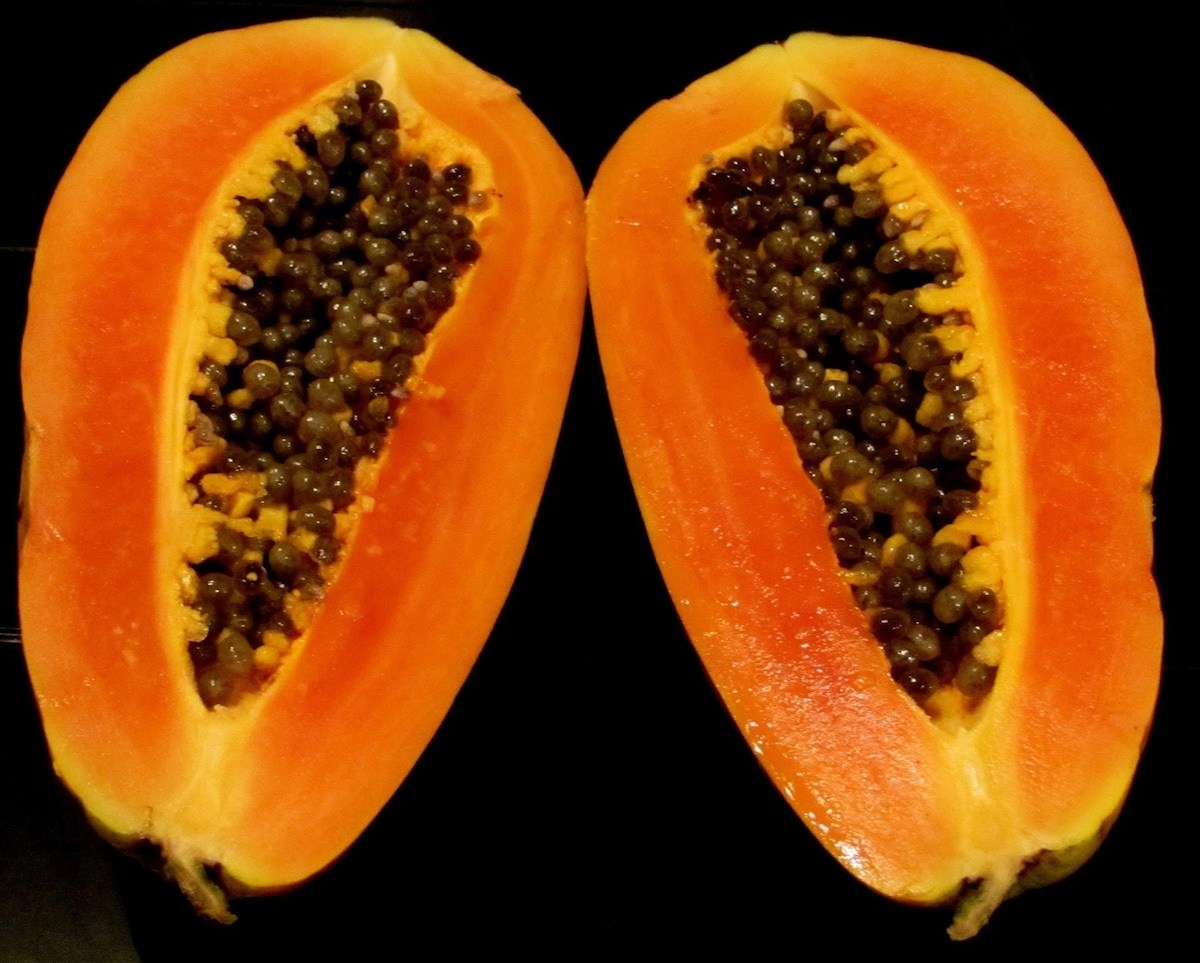As the health benefits of dry pawpaw leaves take center stage, this comprehensive guide delves into the scientific evidence and traditional uses of this remarkable plant, unveiling its therapeutic potential for a wide range of ailments.
From its nutritional composition to its medicinal applications, this guide provides a thorough examination of the health-promoting properties of dry pawpaw leaves, empowering readers with knowledge and practical insights.
Botanical Overview of Dry Pawpaw Leaves
Pawpaw ( Asimina triloba) is a deciduous tree native to eastern North America. Its leaves are characterized by their trilobed shape, with three distinct lobes at the apex. The leaves are dark green and smooth on the upper surface, while the undersides are pale green and covered in fine hairs.
Curry leaves contain antioxidants that protect the skin from damage caused by free radicals. The anti-inflammatory properties of curry leaves may reduce skin irritation and promote wound healing. Consuming curry leaves regularly can improve skin health and enhance its radiance.
( benefits of eating curry leaves for skin )
Pawpaw trees are typically found in moist, shady areas and can grow up to 12 meters in height.
Nutritional Composition of Dry Pawpaw Leaves
Dry pawpaw leaves are a rich source of various nutrients, including:
- Vitamins:Vitamin A, C, and E
- Minerals:Calcium, iron, magnesium, and potassium
- Antioxidants:Flavonoids, carotenoids, and tannins
These nutrients are present in significant concentrations and are highly bioavailable, meaning they are easily absorbed and utilized by the body.
Traditional Uses of Dry Pawpaw Leaves

In traditional medicine, dry pawpaw leaves have been used for centuries to treat a wide range of ailments, including:
- Digestive disorders (e.g., diarrhea, constipation)
- Immune system support
- Anti-inflammatory conditions (e.g., arthritis, rheumatism)
- Skin problems (e.g., eczema, psoriasis)
Traditionally, the leaves are dried and powdered or brewed into a tea for consumption.
Consuming mint leaves during pregnancy can alleviate common ailments such as morning sickness and heartburn. Moreover, the anti-inflammatory properties of mint may reduce swelling and discomfort. Research suggests that drinking boiled mint leaves water can also aid in digestion and promote relaxation.
( benefits of drinking boiled mint leaves water )
Scientific Evidence for Health Benefits
Modern scientific research has supported some of the traditional uses of dry pawpaw leaves:
Digestive Health
- Studies have shown that dry pawpaw leaves have antispasmodic and anti-inflammatory properties that can alleviate symptoms of digestive disorders, such as diarrhea and constipation.
Immune Function
- The high levels of vitamin C and antioxidants in dry pawpaw leaves contribute to immune system support by protecting cells from damage and enhancing the body’s defense mechanisms.
Inflammation

- Flavonoids and other anti-inflammatory compounds in dry pawpaw leaves have been found to reduce inflammation in various conditions, including arthritis and rheumatism.
Potential Side Effects and Interactions
Dry pawpaw leaves are generally considered safe for consumption, but excessive intake may cause:
- Gastrointestinal upset (e.g., nausea, vomiting)
- Interactions with certain medications, such as blood thinners
It is important to consult with a healthcare professional before using dry pawpaw leaves for medicinal purposes, especially if you have any underlying health conditions or are taking medications.
Culinary and Other Applications
In addition to their medicinal uses, dry pawpaw leaves have culinary and other non-medicinal applications:
Culinary Uses, Health benefits of dry pawpaw leaves
- The leaves can be dried and ground into a powder and used as a seasoning for soups, stews, and other dishes.
- They can also be brewed into a tea, which has a slightly bitter taste and is often used as a digestive aid.
Other Applications
- Dry pawpaw leaves can be used as a natural insect repellent.
- They can also be used in cosmetics, such as in hair and skin care products.
Ending Remarks: Health Benefits Of Dry Pawpaw Leaves
In conclusion, dry pawpaw leaves emerge as a promising natural remedy with a wealth of health benefits, supported by both traditional knowledge and scientific research. By incorporating this versatile plant into your daily life, you can harness its healing power to promote overall well-being and vitality.
Commonly Asked Questions
Are there any side effects associated with consuming dry pawpaw leaves?
While generally safe for consumption, excessive intake of dry pawpaw leaves may cause nausea, vomiting, or diarrhea in some individuals.
How should I prepare dry pawpaw leaves for medicinal use?
Dry pawpaw leaves can be consumed as a tea, tincture, or capsule. To make a tea, steep 1-2 teaspoons of dried leaves in hot water for 10-15 minutes.
Green tea leaves possess antioxidants that protect the skin from environmental stressors. The anti-inflammatory properties of green tea may reduce acne and soothe irritation. Applying a paste made from green tea leaves directly to the face can help improve skin texture and reduce signs of aging.
( benefits of green tea leaves on face )
Can dry pawpaw leaves interact with other medications?
Yes, dry pawpaw leaves may interact with certain medications, such as blood thinners and antidepressants. It’s important to consult with a healthcare professional before combining dry pawpaw leaves with any medications.

